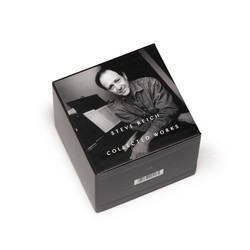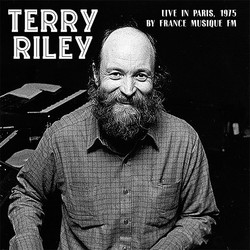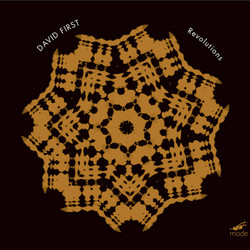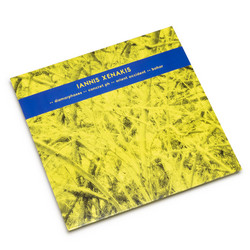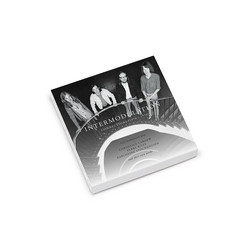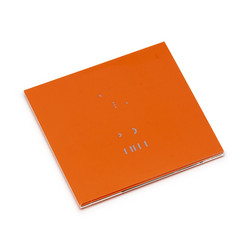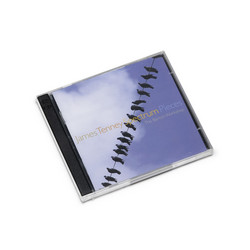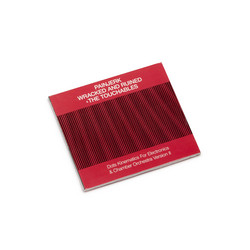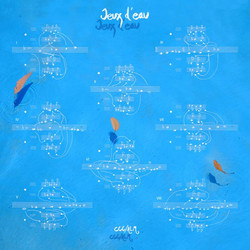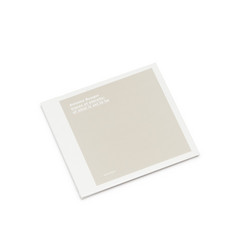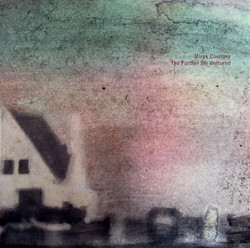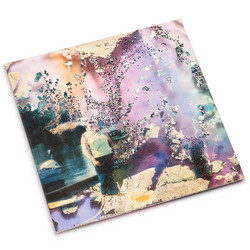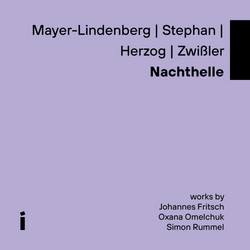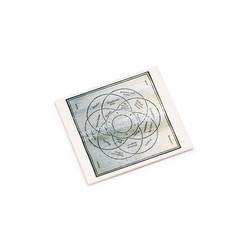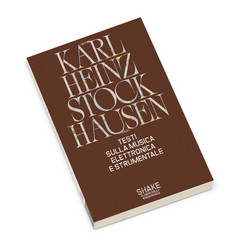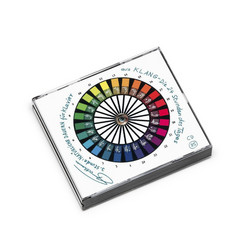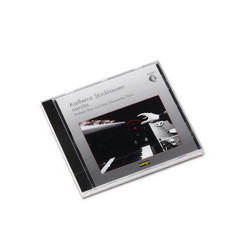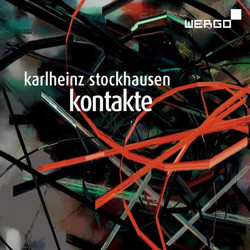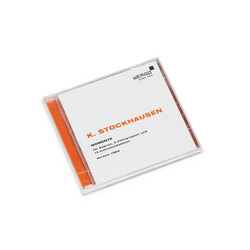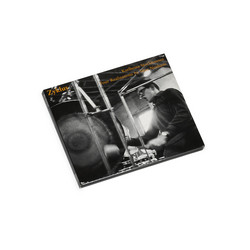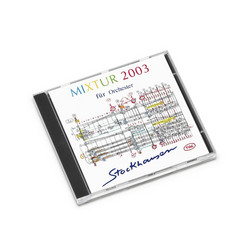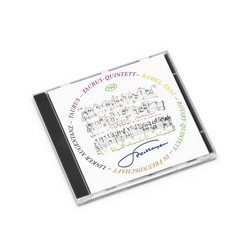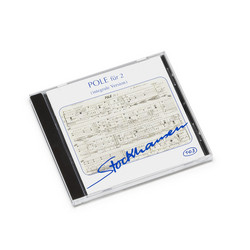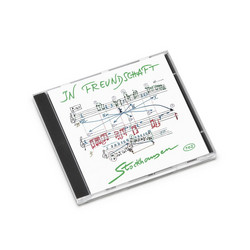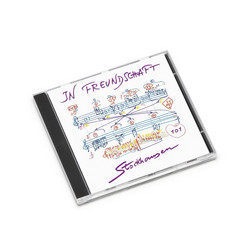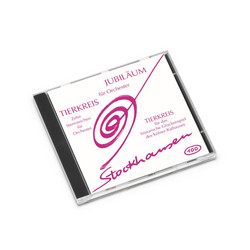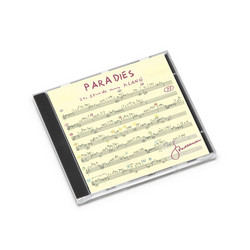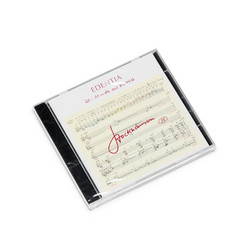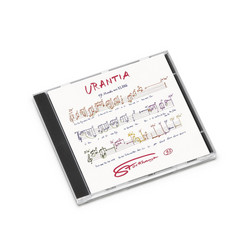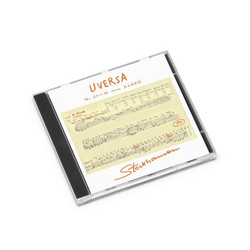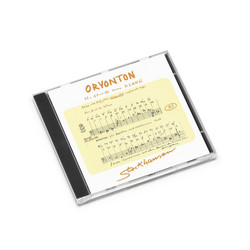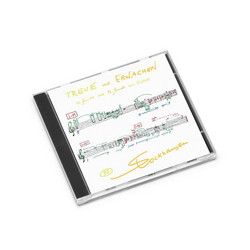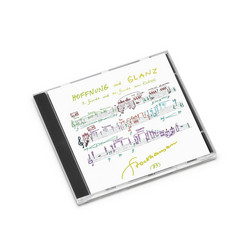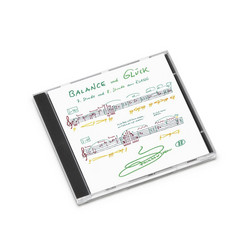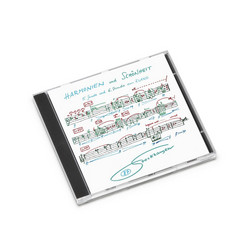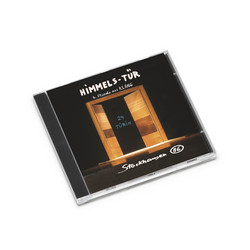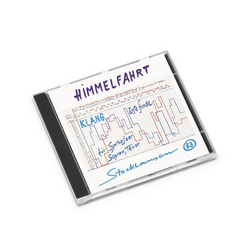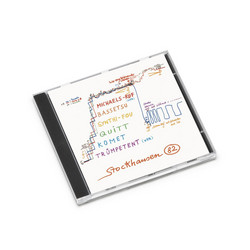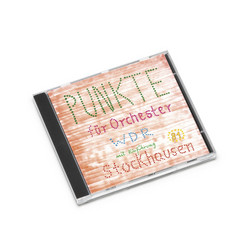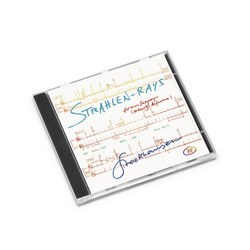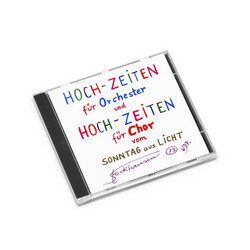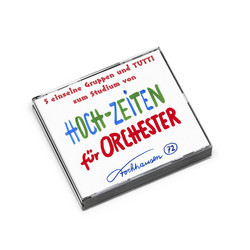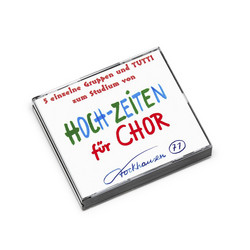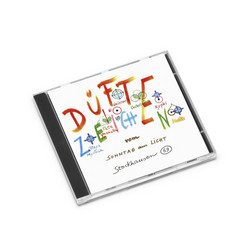Karlheinz Stockhausen
Kurzwellen
*2022 Stock.* Karlheinz Stockhausen – “Kurzwellen” for six players (1968). Participants: Aloys Kontarsky (piano & short-wave radio), Harald Bojé (electronium & short-wave radio), Alfred Alings & Rolf Gehlhaar (tam-tam & short-wave radio), Johannes G. Fritsch (electric viola & short-wave radio), Karlheinz Stockhausen (filters & potentiometers). Kurzwellen is one of a series of works dating from the 1960s which Stockhausen designated as "process" compositions. These works in effect separate the "form" from the "content" by presenting the performers with a series of transformation signs which are to be applied to material that may vary considerably from one performance to the next "In “Kurzwellen” Stockhausen brings up the sounds of short-wave transmissions into the artistic (and philosophical) sphere, where they take on yet another guise, that of stimuli for the players to react on, instrumentally, musically. Stockhausen says: “Imagine finding an apple on a distant star: that which is so self-understood here is wonderfully magic there”. One could also mention the scene towards the end of the movie “2001”, where the astronaut, after being helplessly transported in unimaginable speed into the atmosphere of Jupiter, all of a sudden finds himself in a room in a house, where, from behind, he sees a man in a suit at a table eating his lunch. The astronaut stands in his space suit in the roam, seeing this.
One wonders: “Is that God, sitting over there in a suit on Jupiter, having his lunch?” Then the man turns around, and it is apparent that the man is the astronaut. When you ask the really big questions – which you start asking when you’re around three years old – the answer always seem to be a - …mirror! Hearing the short-wave sounds this way makes for a very rewarding situation of exploration and beauty. Marcel Duchamp once worked with “ready-mades”, trying to make people see ordinary objects apart from their function, and that soon became a whole “school”. However, Stockhausen goes way beyond that initial thought, applying the “ready-mades” (the sounds off the short-wave) in a constant interconnection with the musicians, producing a sound web that is unknown to everybody – to Stockhausen as well as to the players – until the sounds are heard. There is no way of foreseeing what will come out of the loudspeakers, and the musicians’ reactions are of course dependent on these unforeseeable events, in accordance with the frameset that the composer introduces. As so many times before Stockhausen in “Kurzwellen” allows for a myriad of variations of the performance, and it is astounding how he can keep this principle up in so many different ways through so many compositions, allowing for this highly creative freedom, this “heart-of-the-sunrise”-connection!
The rules set by Stockhausen for the performance of “Kurzwellen” concern “HOW the players react to what they hear on the radio; HOW they imitate and then modulate it, transpose it in time (longer or shorter, more or less rhythmically articulated) and in space (higher or lower, louder or softer); WHEN and HOW and HOW OFTEN they play synchronously or alternatingly, in duos, trios or quartets; HOW they call and invite each other to hear together an event which wanders among them for a prolonged period of time, letting it shrink and grow, compressing and expanding it, darkening and lightening it, concentrating or playfully decorating it”." (Excerpt from Ingvar Nordin / Sonoloco extensive review)
